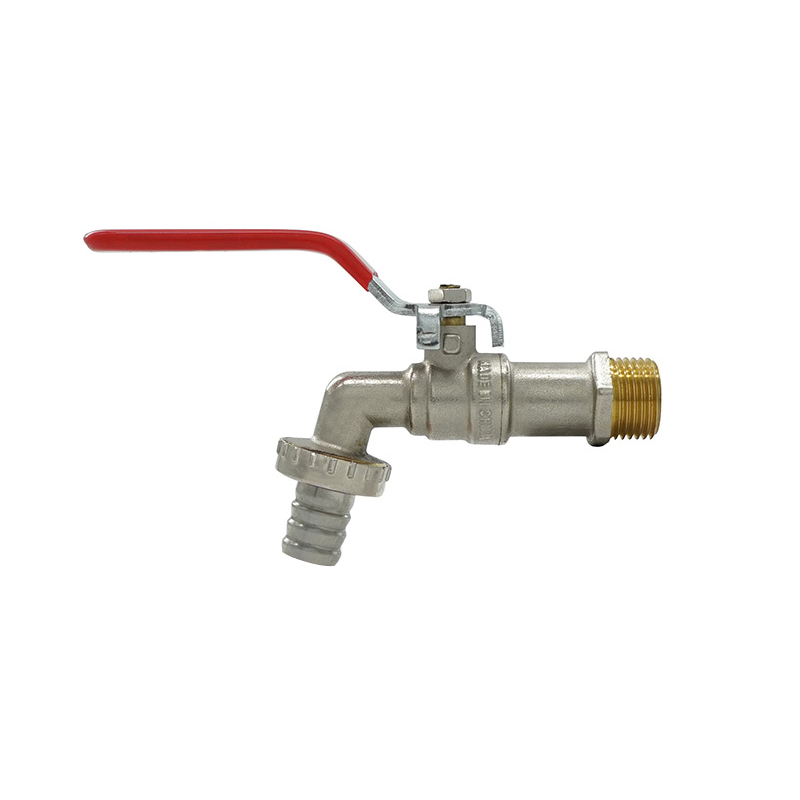The material selection of the bibcock is directly related to the use experience and service life, and needs to be considered comprehensively in combination with functional requirements, budget and environmental characteristics. Copper is the mainstream high-quality faucet material on the market. It has strong corrosion resistance and high plasticity. The surface of the processed brass bibcock can present a bright texture after electroplating, and has certain antibacterial properties.
Stainless steel bibcock have gradually become popular in recent years. Its biggest advantage is that it can present the original color of metal without electroplating, has outstanding wear resistance and does not contain lead elements, which is suitable for families pursuing environmental protection and health. However, stainless steel processing is difficult, and the price of high-quality products is often higher than that of ordinary copper faucets.
For occasions with limited budgets, ceramic valve cores with zinc alloy bodies are common choices. Such products are not a big problem in short-term use, but zinc alloys have the risk of oxidation and rust, and the surface coating may peel off in a humid environment for a long time. Faucets made of engineering plastics are mostly used in temporary places. Although they are light in weight and low in price, they are less durable and not suitable for long-term use in the home.
No matter what material you choose for the bibcock, you should pay attention to the quality of the valve core. Ceramic valve cores have become the industry standard due to their good sealing and long life. It is worth noting that differences in water quality in different regions will affect the performance of the material. In hard water areas, it is recommended to give priority to copper or stainless steel bibcock with strong anti-scale ability, while in humid environments, zinc alloy products need to be prevented from rusting. Only by properly matching materials and usage scenarios can we find a balance between functionality, aesthetics and economy.


